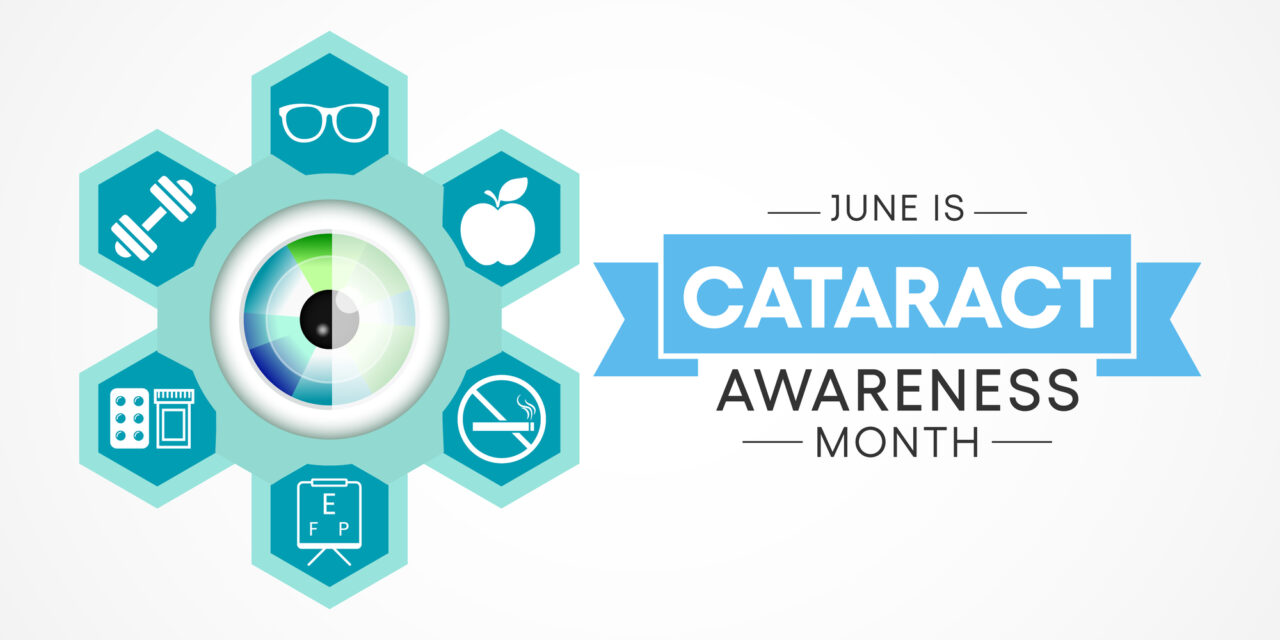Courtesy of Eye Care & Vision Associates
The eyes are amazing organs. When working correctly, they enable crisp vision and process a vast array of vivid hues. When the eyes are compromised by illness or other conditions, various impairments may be the culprit.
Cataracts often affect aging individuals. The American Academy of Ophthalmology® (AAO) says a cataract forms when the natural lens in the eye, which is responsible for refracting light rays that come in the eye to help a person see, becomes cloudy. As a result, vision can be compromised and seem like a person is looking through a foggy or dirty car windshield, says the AAO. The National Eye Institute advises that cataracts are common as people get older. More than half of Americans aged 80 years or older either have cataracts or have had surgery to remove cataracts.
The physicians at Eye Care & Vision Associates (ECVA) explain that cataracts may initially produce mild symptoms of blurry or hazy vision, or surroundings appear to be less colorful. Over time, cataracts can lead to vision loss if not treated. The following are some common symptoms of cataracts:
- Cloudy or blurry vision that occurs even with corrective prescription glasses or contact lenses
- Colors appear faded
- Compromised night vision and seeing halos around lights
- Oncoming headlights, lamps, or sunlight seem too bright
- Double vision
- Frequent visits to change prescriptions
Researchers say certain factors may contribute to changes in the lenses that lead to the formation of cataracts. Exposure to ultraviolet light from the sun or other sources is a main risk factor. Diabetes, hypertension, obesity, smoking, and prolonged use of corticosteroid medications also affect these changes.
ECVA ophthalmologists say cataracts can be broken down into various types, and some are more common than others.
- Nuclear: The most common, which form in the center of the lens, and worsen over time.
- Cortical: Typically start as spoke-like opaque areas at the edges of the lens that grow inward, and are responsible for night glare.
- Congenital: This refers to people born with cataracts.
- Trauma-induced: These cataracts form anywhere, and often develop into a rosette shape.
- Post subcapsular cataracts: Initially developing at the central back surface of the lens, these cataracts often develop faster than other types. Vision around bright light and colors is affected.
Eye doctors generally diagnose cataracts during dilated eye exams. ECVA physicians suggest that anyone age 50 or older get dilated eye exams every one to two years. Surgery may be recommended at the point when cataracts start to severely interfere with daily activities. Learn more by visiting www.ecvaeyecare.com. To make an appointment at the ECVA office nearest to you, call 716-631-3937.












